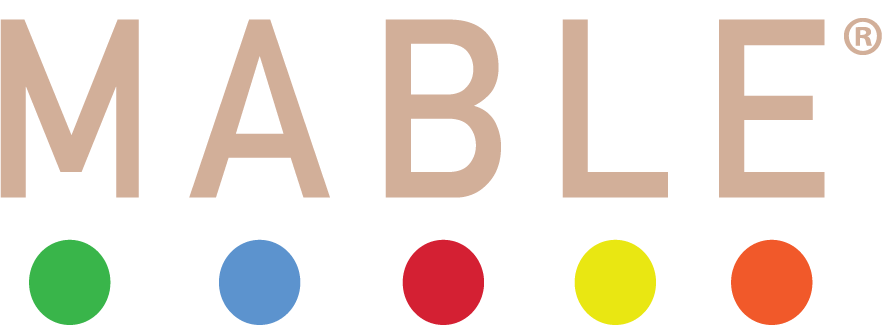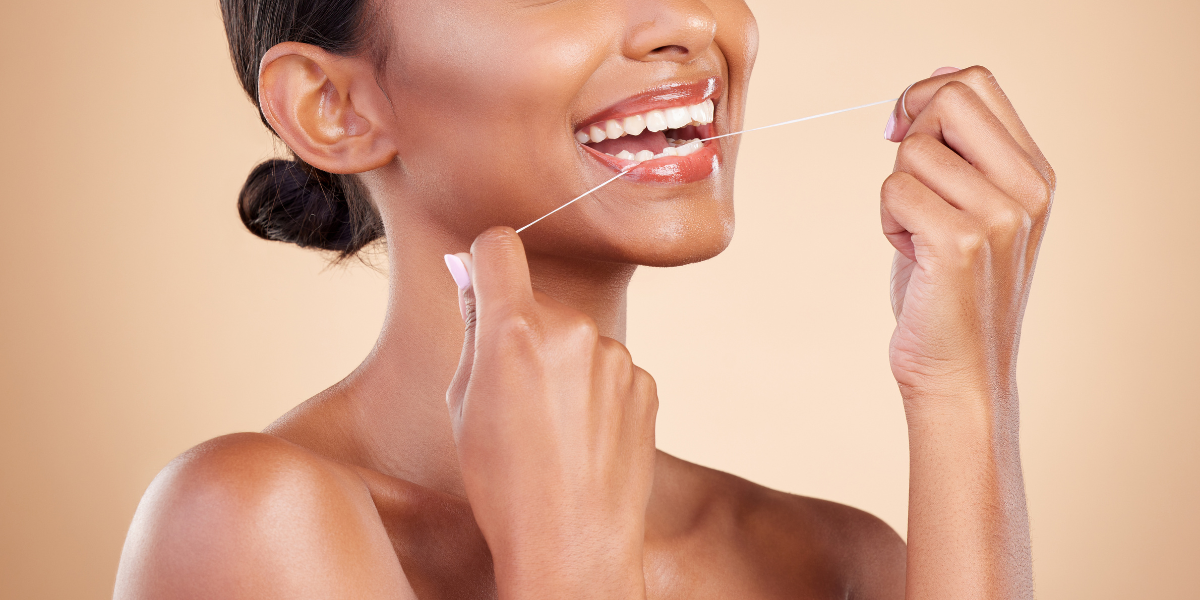At the core of MABLE’s mission is reducing plastic waste, because the problem of plastic pollution isn’t always visible to the naked eye.
Microplastics are tiny pieces of plastic, less than 5mm in size. There are two types: primary microplastics were manufactured to be that small (think things like glitter and exfoliating microbeads), and secondary microplastics, which have broken down over time from larger pieces of plastic.

Why should you care about about microplastics?
For starters, if you drink bottled water, chances are you’re drinking microplastic particles along with it. More than 90% of bottles tested across several brands from various locations were found to have an average of 325 pieces of plastic per liter.
“It's really showing that this is everywhere,” says Sherri Miller, a chemist involved in the study, “that plastic has become such a pervasive material in our society, and it’s pervading water—all of these products that we consume at a very basic level."
The findings prompted the World Health Organization (WHO) to launch a review of the harm drinking microplastics may be causing. While most can agree we don’t want to be drinking plastic, the jury is still out on exactly what the effects could be.
Where is it coming from?
T he most common type of plastic found in bottled drinking water is polypropylene, the same type of plastic used to make bottle caps. But microplastics are also entering the environment from sources you might not expect—microfibers come from synthetic (read: plastic) materials used to make things like fleece jackets.
he most common type of plastic found in bottled drinking water is polypropylene, the same type of plastic used to make bottle caps. But microplastics are also entering the environment from sources you might not expect—microfibers come from synthetic (read: plastic) materials used to make things like fleece jackets.
Every time you wash a fleece jacket, tiny microfibers are released into the water. Once they make their way into the earth’s waterways, they’re ingested by wildlife and picked up by filtering organisms like oysters or mussels—common sources of our own seafood. So we’re not only drinking microplastics. We’re eating them, too.
"It has infiltrated every level of the food chain in marine environments and likely fresh water, and so now we're seeing it come back to us on our dinner plates," says Chelsea Rochman, an ecologist studying the sources and eventual destinations of microplastics.
What’s being done?
Microbeads, which were recently banned in the U.S., are recognized more widely, but microfibers may actually be the bigger problem. Fortunately, steps are now being taken in government to address microfiber pollution. New legislation introduced in California this year requires labels warning of microfiber shedding to be placed on clothing made of mostly polyester.
“We banned plastic microbeads because of the pollution they cause. Microfibers account for almost twenty times more pollution than microbeads, it’s a crisis,” said Stiv Wilson, Campaigns Director for The Story of Stuff Project, a short online film about how we make, use, and get rid of things. “What’s at issue is that because of their size, microfibers are bioavailable to even the smallest creatures in the food chain and if they don’t survive, nothing will.”
And what can you do?
Stopmicrowaste.com has compiled a list of 10 actions you can take to reduce plastic waste, including avoiding synthetic textiles, air-drying your clothes, and adding a filter to your washing machine’s outlet. Click here for the full list, and see what changes you can make to your everyday routines to reduce your own output of microplastics!
Sources:
Cover Image: plasticchange.org
Microfiber Image: momscleanairforce.org






Share:
After Halloween, Celebrate National Brush Day Sustainably
The Truth About Fluoride